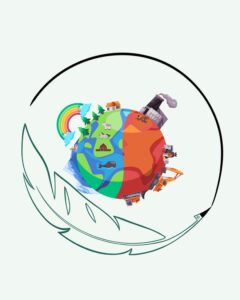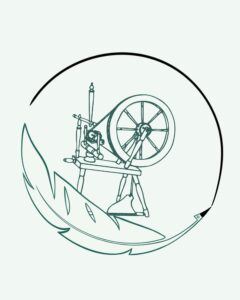Fast fashion is a term that refers to the design, manufacture and distribution of fashion products in the clothing industry by accelerating the production process and responding quickly to consumer demands. It aims to offer low-cost and trendy clothing products to the consumer quickly.
Fast fashion brands follow fashion trends. It designs and produces in line with trends, and offers it for sale in stores or online platforms. Products are often made from low-cost materials. This enables fast fashion brands to sell their clothing products at affordable prices.
Textile, which is the second most polluting sector in the world, brings with it some problems in terms of production and consumption. Low-cost production can often be associated with the use of raw materials, which creates waste and pollutes the environment. At the same time, the rapid introduction of low-quality products to the consumer causes them to wear out quickly and therefore to generate more waste. It also brings with it some ethical problems. Ethical problems may arise due to low-cost production, low-wage employment and adverse working conditions.
Recently, the sustainability and ethical fashion movements have gained more and more popularity, and “slow fashion” has emerged as an alternative to fast fashion production. Slow fashion refers to a fashion approach that considers environmental and social impacts, is more sustainable and is based on ethical values.
What are the ecological effects of fast fashion?
If we talk about the ecological damage caused by fast fashion, the waste problem comes first. There is a rapidly changing trend understanding in the rapid production method. This, in turn; encourages the buyer to buy. They buys the product they likes, thinking that they will not be able to find the same products in the next visit in the showcases whose buyer profile changes rapidly. This perception is one of the targets of fast fashion. However, this understanding, which constantly encourages the purchase of new products, also leads to the production of large amounts of waste. Short-lived clothing items wear out quickly and are often thrown away. This causes landfills to fill up and waste natural resources.
Water consumption in fast fashion production is a major environmental problem. A large amount of water is used during dyeing, bleaching and other wet processes of fabrics. If I were to convey this water consumption with a simple example, I can mention that 10,000 liters of water are used for the production of a jean. Of course, this process starts with the cultivation of cotton produced for jeans, but we must be aware of the seriousness of the numbers. In addition, since the wastewater used in textile production is often mixed with dyestuff, that is, chemical, reuse and filtering is a very long and energy-consuming process. In other words, while trying to filter the wastewater, on the other hand, we can spend a lot of energy. In this case, of course, the returns and losses must be calculated. High energy consumption can also be considered as a negative approach if evaluated within the framework of sustainability.
Fast fashion productions consume large amounts of energy. Energy is used extensively for garment manufacturing, transportation, storage and retail activities. The use and energy consumption of fossil fuels can lead to the climate crisis.
What are the materials used in the production of fast fashion?
In fast fashion productions, synthetic fibers and low-quality materials are often used as raw materials for low-cost production. Synthetic fiber contains petroleum derivatives and can cause depletion of natural resources and damage ecosystems. I would also like to mention that the 100% cotton ingredients we buy from fast fashion brands are not considered within the framework of sustainability. Because various chemicals and pesticides are used for cotton production. These chemicals used can actually put cotton-containing products, which seem innocent, in a dangerous position. On the other hand, the sector is aware of this and today, organic cotton and regenerative cotton exports and imports have gained importance.
The low-cost product targeted in fast fashion production processes includes employing low-cost workers. Worker rights violations, labor exploitation and human rights violations are common problems in the fast fashion industry.
As a result of these harmful effects, sustainable and ethical fashion movements have started to gain more and more importance. Consumers who are more conscious now turn to brands that are sensitive to the environment and human rights and try to reduce the negative effects of fast fashion.







